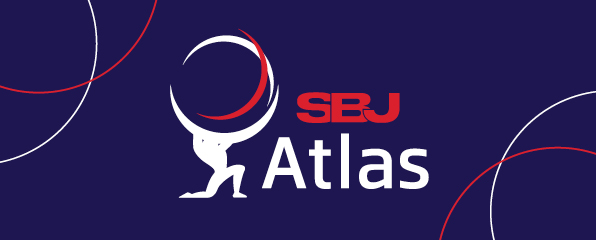Why 2023 should NOT be the year of women’s sports
In the buildup to the Women’s World Cup in 2023, we’ve seen an influx of women’s sports campaigns, editorial series, industry talk tracks and awards emerge, resulting in a much deserved and long overdue increase in support for women’s sports. Having just celebrated the 50th anniversary of Title IX, we’ve come a long way in how we think about, view and connect with women’s sports.
Starting with the immense support surrounding Women’s Euros last summer and predictions that this year’s Women’s World Cup in Australia and New Zealand, will surpass ticket sales from 2019, with already more than 850,000 tickets sold to fans from 120 countries, the momentum behind women in sport continues to flourish. We also saw this in the viewership of the 2023 Women’s NCAA Championship (9.9M viewers) surpassing that of an average NFL Thursday night game. In college sports, female athletes generated 4X the engagement of men with less than half as many brand partnerships. It’s clear that the fan passion and appetite for women’s sports is there, and the broader industry is taking note.
That said, women’s sports still lag behind men’s across all fronts — broadcast time, athlete wages, team resources, management representation and more. So, despite the sport and media industry’s best intentions when they declare 2023 the “year of the woman” — the battle for an equitable playing field is not over.
So why should 2023 not be the year of the woman, you may ask? Women don’t need a year or a month or a day. They need day-in/day-out support, coverage, and allies not just around big tentpole events, but throughout the entire year. That type of dedication -- when paired with the passion and motivation that women already bring to the playing field -- is the only way that we will see real change. Until the industry and fans view women’s sports with the same reverence as men’s, women in sports won’t achieve the same consistent, year-round support that men’s sports receive. By simply singling out a special year or designated month for women, we are furthering the notion that women’s sports aren’t permanent, they are momentary.
Some brands are already committed to this and are doing it well. They recognize that supporting women’s sports year-round is not only the right thing to do but also makes smart business sense. Since becoming the official beer sponsor of the NWSL, Budweiser saw their brand engagement and spending increase by 1,075%, after just one year.
Ally Financial recently made a multimillion-dollar deal across ESPN networks that requires 90% of the ad buy to focus on women’s sports. This was not a one-off marketing tactic to highlight the company’s inclusive mindset. It’s representative of a bigger change in the way Ally is spending its ad budget. In fact, Ally made a five-year commitment to equally split paid advertising between women’s and men’s sports coverage. By quantifying and measuring their commitment, Ally is holding themselves accountable to their promises.
Angel City FC organization rejected a sponsorship deal in order to partner with financial institution BMO instead because they had a similar vision -- on and off the field. Both organizations placed great value on inclusivity, social responsibility and widespread community outreach. This spanned well beyond the lip service many brands fall prey to. In fact, 10% of BMO’s sponsorship revenue is used to sponsor Girls Play Los Angeles to provide high school girls and gender expansive youth across L.A. with no-cost access to soccer.
So let’s agree to not have 2023 be the year of women in sports and rather commit to having women celebrated in sports every single year. For publishers, this means equal coverage of men’s and women’s results during tentpole events like the World Cup, but also continuing that support on the off-years, every single day. For brands and sponsors, we can all be better about putting our money where our mouth is and developing meaningful programs to drive support and interest around women in sport, annually. The fans are there, the athleticism and storytelling behind the game is there -- but we as an industry have work to do to replicate the dedication for women’s sports to mirror the same enthusiasm as men’s.
Ayelet Mavor is head of impact and chief of staff at Minute Media.





